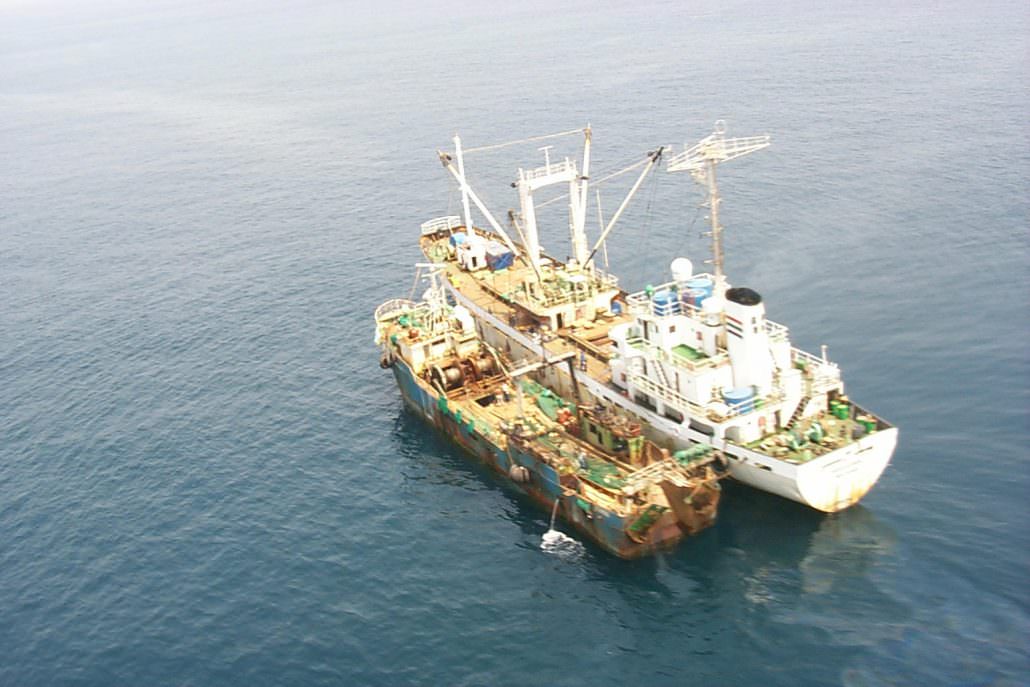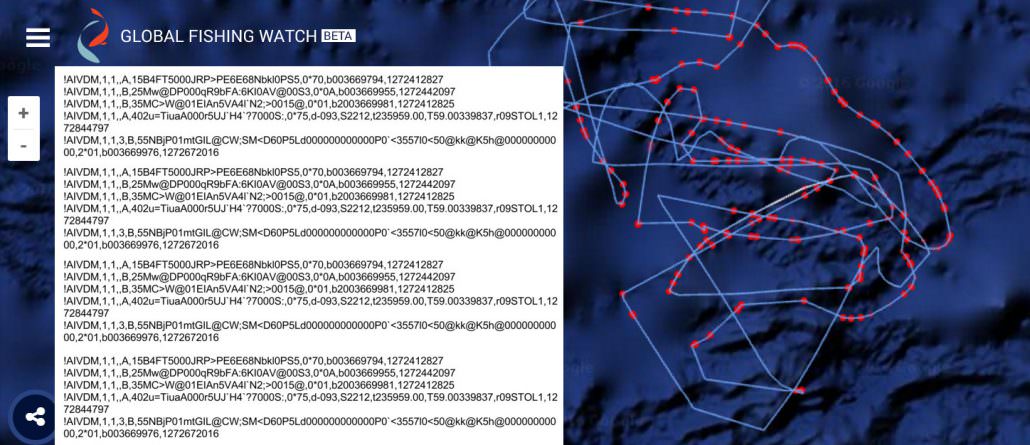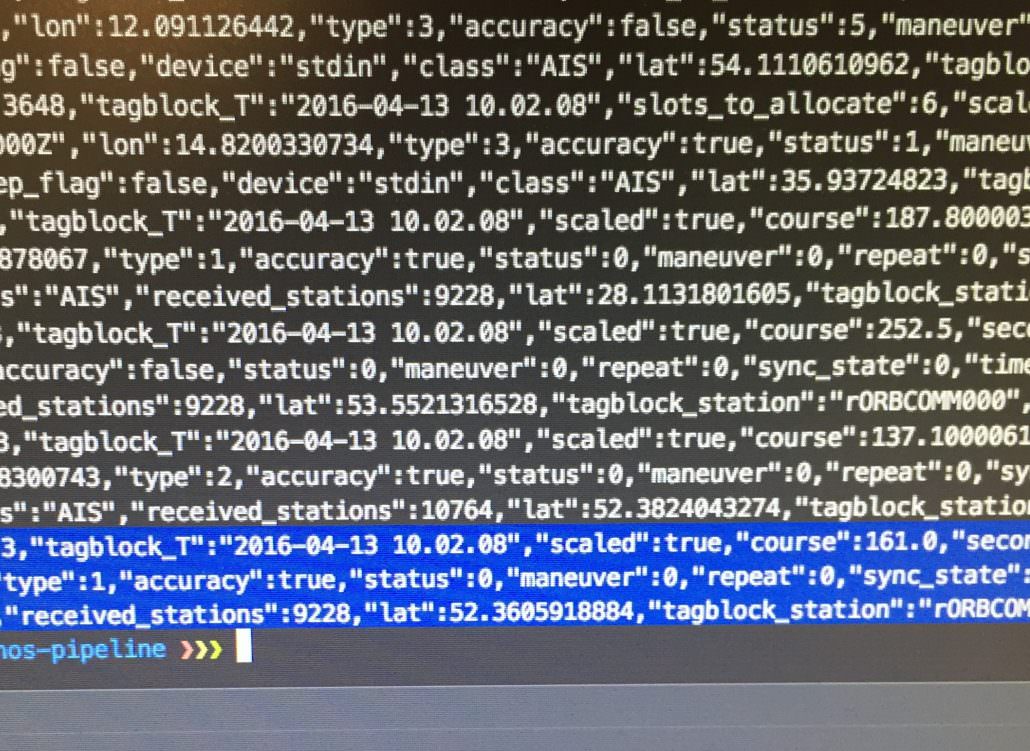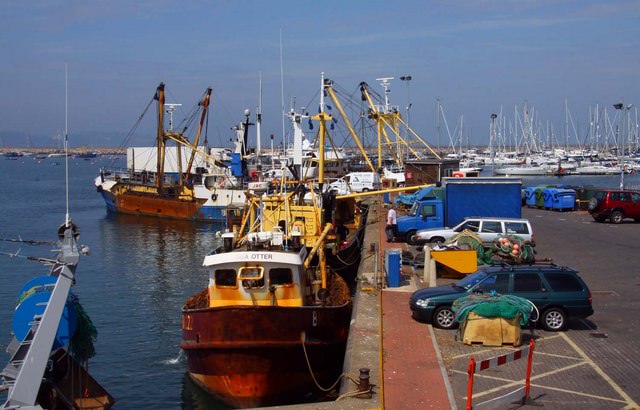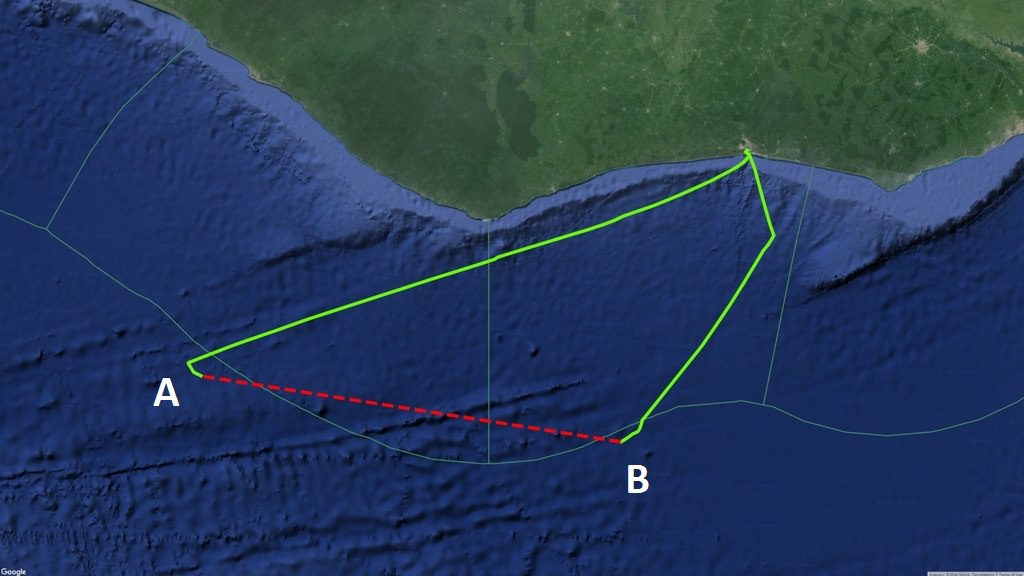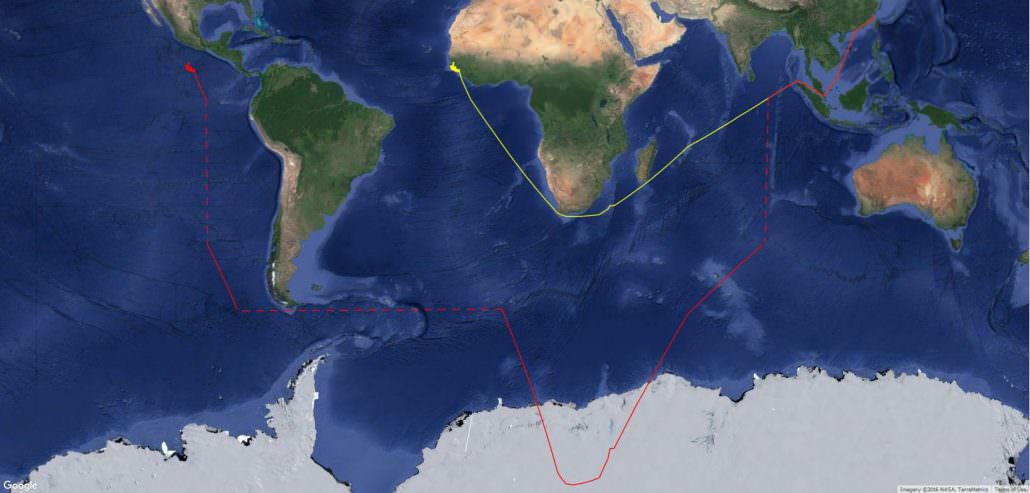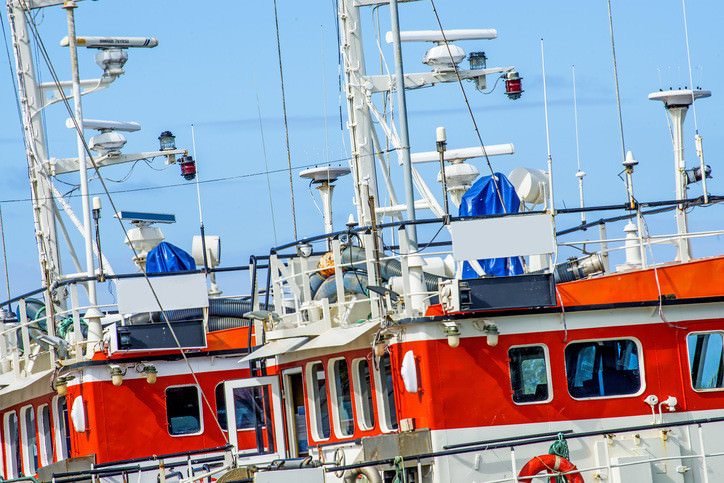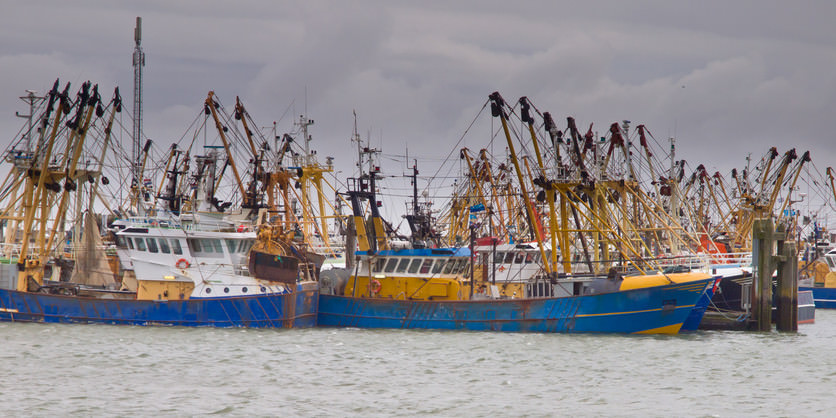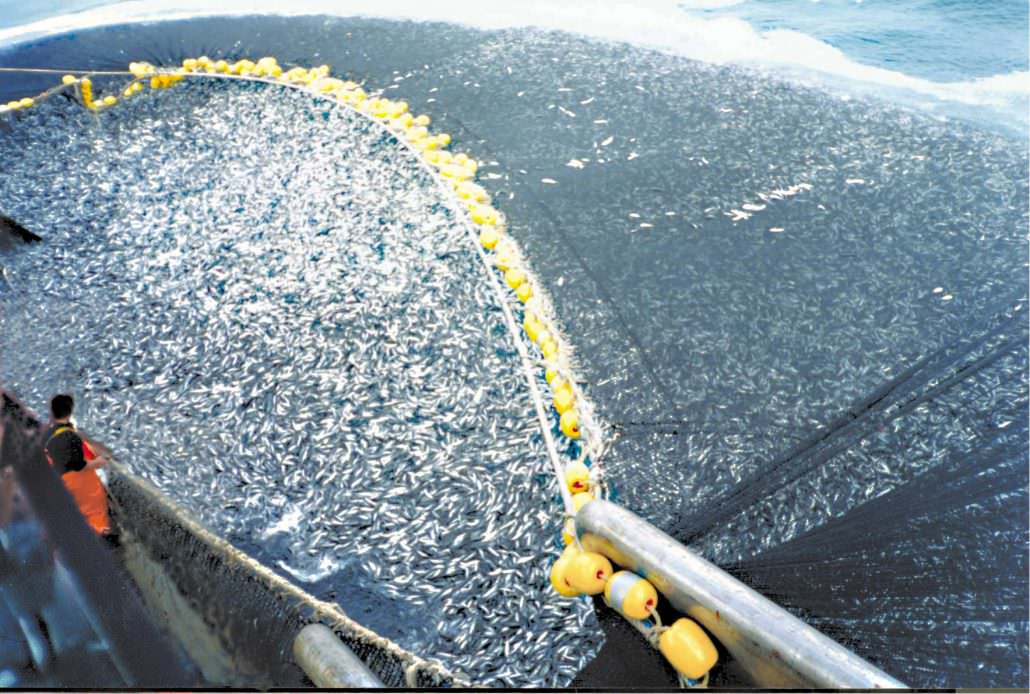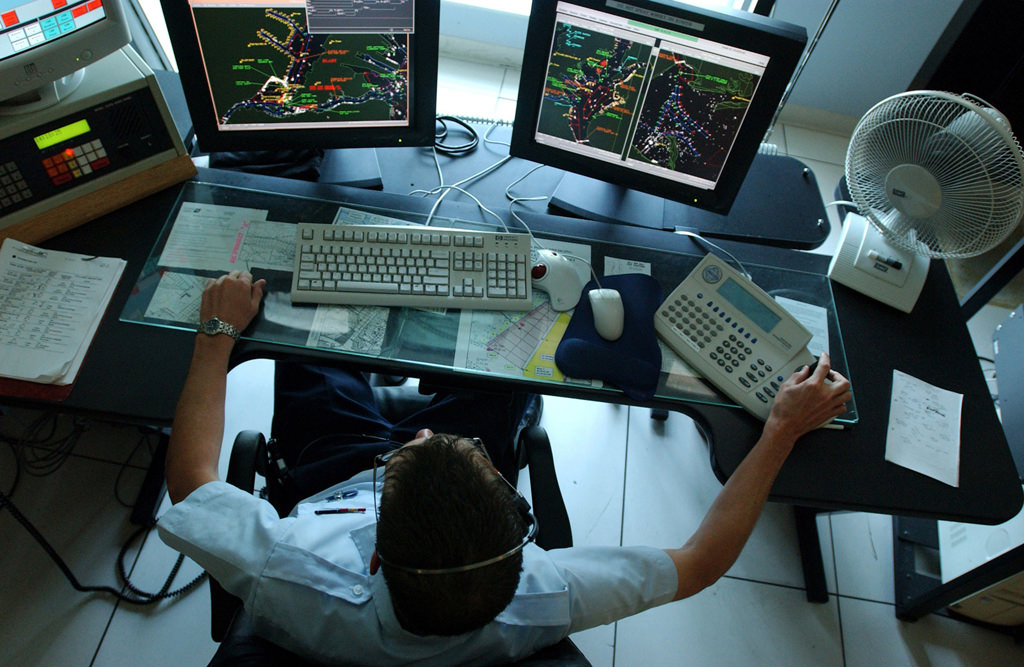Deciphering Suspicious Behavior: Not Always What It Seems
The first step in catching illegal and unreported fishing activity can feel a little like casting a net over a wide swath of the ocean. There’s going to be a lot of bycatch, because much of what fits in your net isn’t really what you’re after. It takes some background knowledge and often a little […]
Deciphering Suspicious Behavior: Not Always What It Seems Read More »
